The Ultimate UK Guide to Business Card Size & Dimension
Author | Date: 09/8/2025
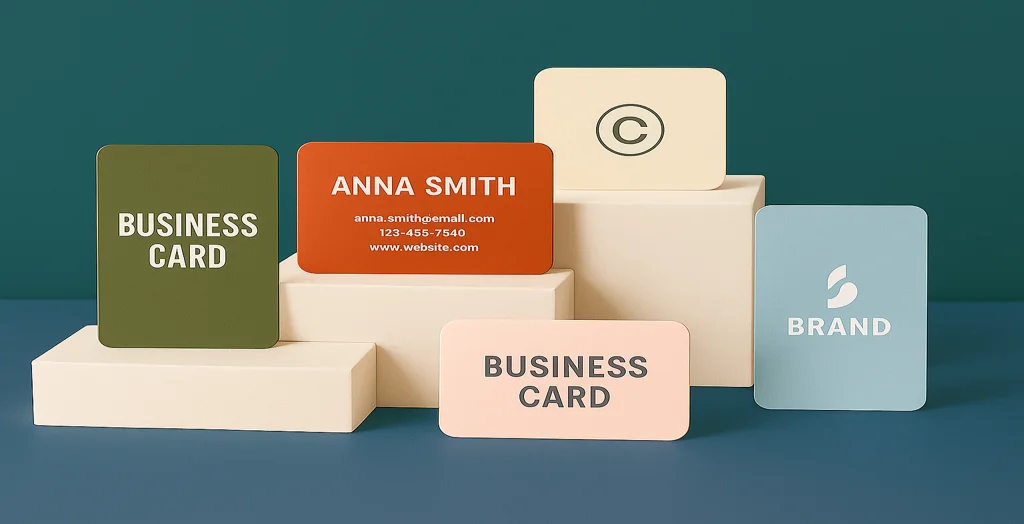
Table of Contents
You’ve poured your heart into your branding. Your logo is sharp, your colour palette is on point, and your value proposition is crystal clear. But all that effort can stumble at the final hurdle if you get one simple thing wrong: your business card size.
Imagine handing over a card that’s awkwardly large, frustratingly small, or just plain flimsy. That first tangible impression of your business suddenly feels… off.
Don’t worry. Getting it right is easier than you think. As your go-to packaging advisors, we’re here to demystify the world of business card dimensions. Think of this as a quick chat over a cuppa, where we’ll make sure your cards are as professional and memorable as you are.
What is the Standard Size for Business Cards in the UK?
Let’s cut straight to the chase. If you do nothing else, go with this.
The standard business card size in the UK is 85mm x 55mm.
This is the golden rule, the default, the size that every printer is ready for. It fits perfectly in standard cardholders, wallets, and pockets. It’s the expected size, and that’s a good thing—it means your card will feel familiar and professional from the very first handshake.
You might also hear this referred to as the “credit card dimensions” size, as it’s almost identical to a debit or credit card (which are 85.6mm x 53.98mm). This is no accident! The familiar size feels substantial and trustworthy in the hand.
Pro Tip: Once your beautiful cards are printed, protect your investment and make handing them out even more professional with our sleek, presentation-ready customised business card boxes.
Is the A7 Business Card Size? (And Other Paper Size Questions)
This is where a little knowledge saves a lot of confusion. The international paper size standard (A-series) is a common reference point, but it doesn’t align perfectly with traditional business cards.
| Paper Size | Dimensions (mm) | Is it a Business Card? | Common Use |
| A4 | 297 x 210 | No | Standard printer paper. Sheets for multiple cards. |
| A7 | 105 x 74 | No | Too large. Used for invitations or flyers. |
| A8 | 74 x 52 | Not quite. | Slightly smaller and narrower than the standard card. |
| N/A (Standard Card) | 85 x 55 | Yes! | The UK & European standard business card size. |
While “A8” is sometimes used colloquially, for precision and to ensure perfect printing, always specify 85mm x 55mm to your designer or printer.
What is the Average Size of a Business Card? Beyond the Standard
While 85mm x 55mm is the UK standard, the “average” can include a few popular variations. Businesses often choose these to stand out, but it’s crucial to understand the trade-offs.
Card Type | Typical Dimensions | Pros | Cons | Best For |
| Standard | 85mm x 55mm | Professional, fits everywhere, cost-effective. | Common, doesn’t stand out on size alone. | Everyone. The safe and best choice. |
| Square | 90mm x 90mm | Modern, stylish, highly memorable. | May not fit standard wallets/holders. | Creative industries, designers, artists. |
| Mini/Slim | 70mm x 40mm | Compact, cute, low-cost. | Limited space, can feel insignificant. | Loyalty cards, simple contact info. |
| Euro Size | 85mm x 55mm | It’s the same as the UK standard! | It’s the same as the UK standard! | The UK and Europe. |
Our advice? If you’re aiming for a complementary card size to be different, first ask why. A unique size can be a powerful differentiator, but it can also be seen as awkward. Nail the standard size first, then experiment with special finishes (like spot UV or foil stamping) on a standard card for a premium feel that doesn’t sacrifice practicality.
Designing Your Card: Is 6pt Too Small for a Business Card?
Yes. Almost always, yes.
This is a classic rookie mistake. “Point” (pt) refers to the thickness of the card stock. Feel is just as important as look.
Card Stock Thickness | Feel & Quality | Our Recommendation |
6pt | Thin, flimsy, feels cheap. Can bend easily. | Avoid. It whispers “I cut corners.” |
12pt – 16pt | Substantial, rigid, professional. The quality standard. | The Sweet Spot. Perfect for most businesses. |
18pt – 24pt+ | Premium, thick, luxurious. Makes a massive impact. | Go Premium. Ideal for high-end brands where tactile experience is key. |
Pro Tip: Always ask for physical samples from your printer. Feeling the card stock in your hand is the only way to truly judge its quality.
Beyond Size: The Finishing Touches That Make a Difference
Your card’s dimensions are just the beginning. To create a truly unforgettable piece that people want to keep, you need to master the finishing touches. This is where a good card becomes a great one.
- Rounded Corners: A small detail that feels incredibly sophisticated and is comfortable to handle. It sets your card apart by feel before it’s even looked at.
- The Power of Lamination: Never underestimate the impact of a protective coating. The right choice not only guards against scuffing but completely changes the tactile experience. The main types of laminations are:
- Matt Lamination: Offers a smooth, non-reflective, and sophisticated feel. It’s understated, elegant, and feels incredible to the touch.
- Gloss Lamination: Makes your colours pop with a shiny, reflective finish. It’s vibrant, eye-catching, and provides a classic high-shine look.
- Soft Touch Lamination: The ultimate in luxury. This finish has a velvety, silky feel that people can’t help but stroke. It’s highly memorable and premium.
- Mastering Black in Print: Want a powerful, sophisticated card? Use black, but use it correctly. Getting a deep, rich black isn’t automatic. Achieving perfect black colour in printing requires using a “rich black” CMYK mix (e.g., C=60 M=40 Y=40 K=100) instead of just 100% black ink. This prevents your black from looking washed-out or grey and ensures a vibrant, opaque, and professional result.
- Special Effects: For real standout flair, consider:
- Spot UV: Adds a raised, glossy clear coating to specific areas (like your logo), creating brilliant texture and contrast against a matt laminate.
- Foil Blocking: Brings metallic shine (gold, silver, rose gold) to your design for a timeless, premium effect.
- Painted Edges: For the height of luxury, the side of a thick cardstock can be coloured in a matching or contrasting foil or ink.
Your Action Plan: Getting Your Business Cards Right
- Start with the Standard: Unless you have a brilliant creative reason not to, design your card to 85mm x 55mm.
- Choose a Substantial Stock: Opt for a 14pt or 16pt card with a matt or gloss laminate for a professional feel that lasts.
- Prioritise Readability: Use a clear font hierarchy. Your name, role, and phone number should be the easiest things to find.
- Proofread, Then Proofread Again: A typo on a printed card is forever. Get a second (and third) pair of eyes on it.
- Partner with a Expert Printer: This is where we come in. At Buy Packaging Boxes, we don’t just print; we advise. We help you choose the perfect combination of size, stock, and finish to make your brand shine.
Ready to create business cards that you’re proud to hand out? Contact our team at Buy Packaging Boxes today for a expert consultation and a quote. Let’s build your brand, one perfect card at a time.
-
 10 Eco Friendly Soap Packaging Ideas to Cut Waste
10 Eco Friendly Soap Packaging Ideas to Cut Waste -
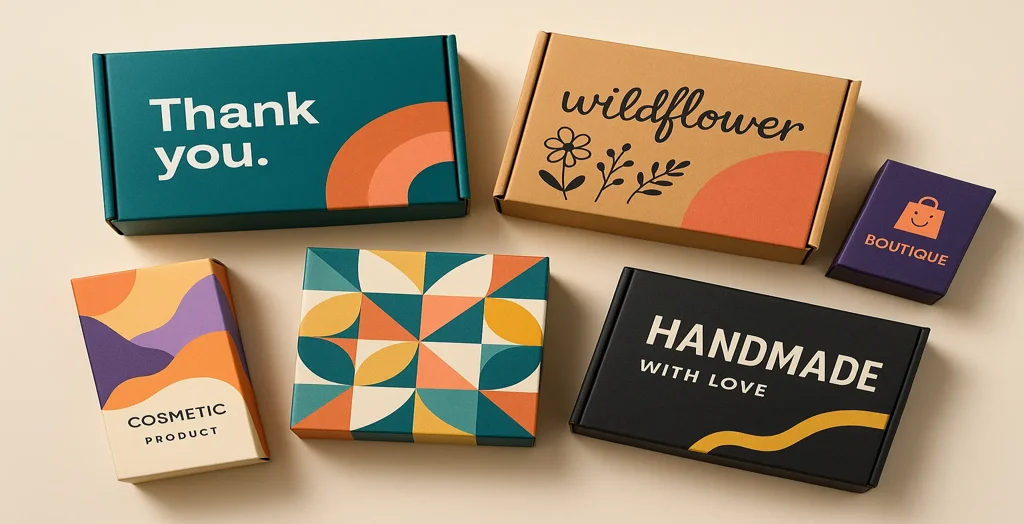 Top Custom Packaging Ideas for Small Business
Top Custom Packaging Ideas for Small Business -
 Don’t Use Plain Boxes This Christmas—Here’s Why
Don’t Use Plain Boxes This Christmas—Here’s Why -
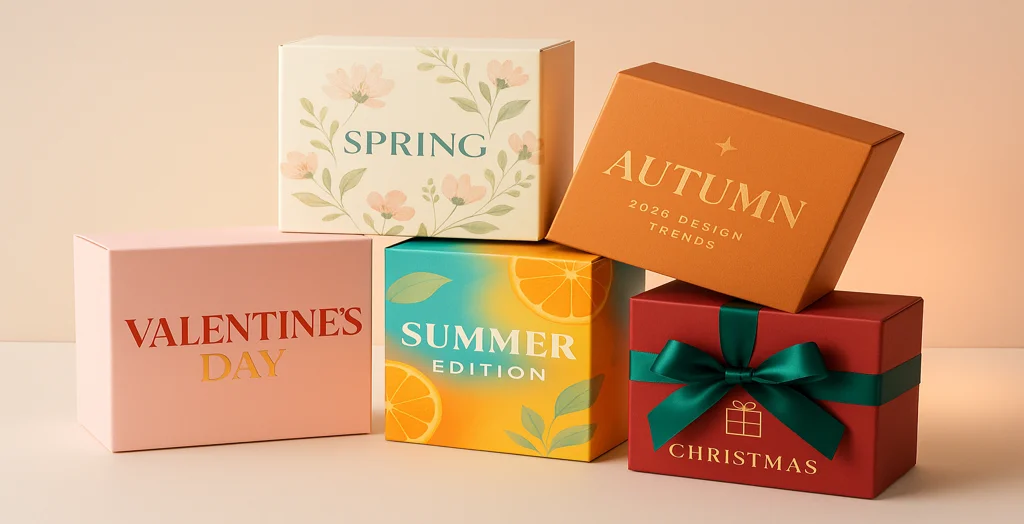 Seasonal Packaging Trends to Watch in 2026
Seasonal Packaging Trends to Watch in 2026 -
 How Many Days Until Christmas? Time to Order Your Gift Boxes
How Many Days Until Christmas? Time to Order Your Gift Boxes -
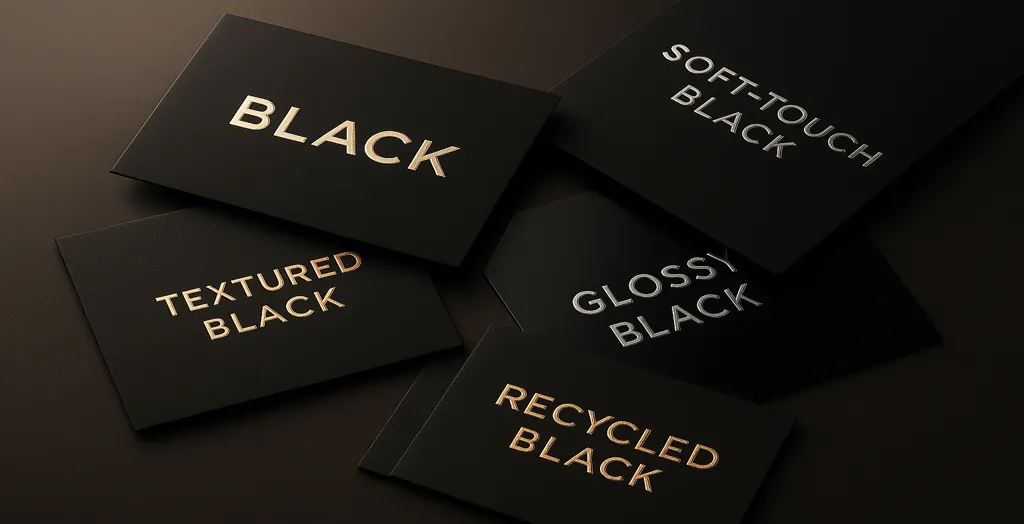 What Is a Black Card? Packaging and Print Uses
What Is a Black Card? Packaging and Print Uses -
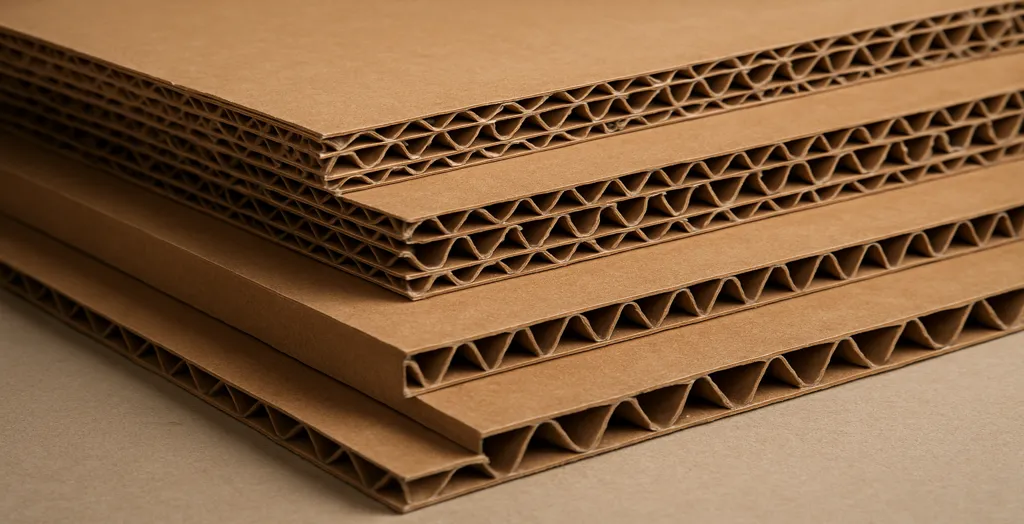 Corrugated Cardboard Material Guide By Buy Packaging Boxes
Corrugated Cardboard Material Guide By Buy Packaging Boxes -
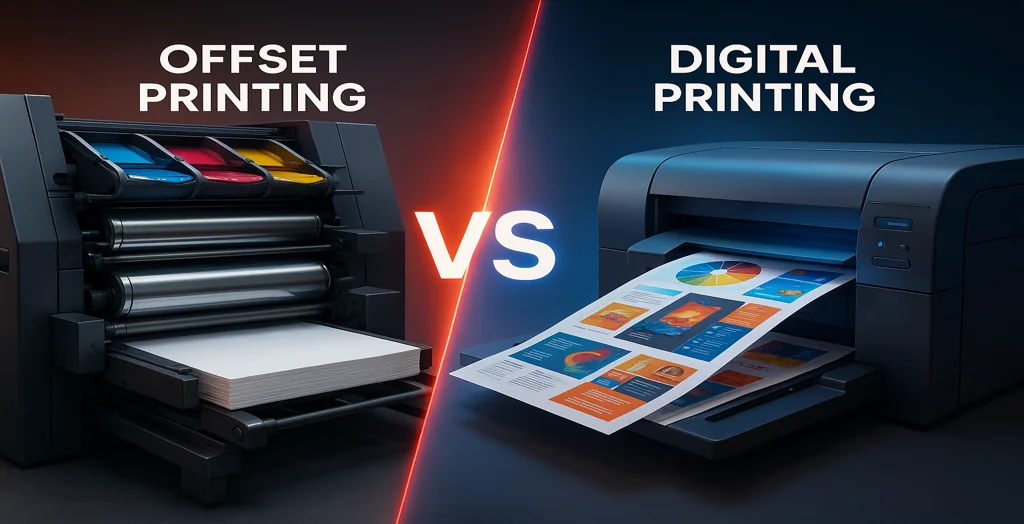 Offset Printing vs Digital Printing: A Quick Guide
Offset Printing vs Digital Printing: A Quick Guide -
 What Is Spot UV Printing? A Quick Beginner’s Guide
What Is Spot UV Printing? A Quick Beginner’s Guide -
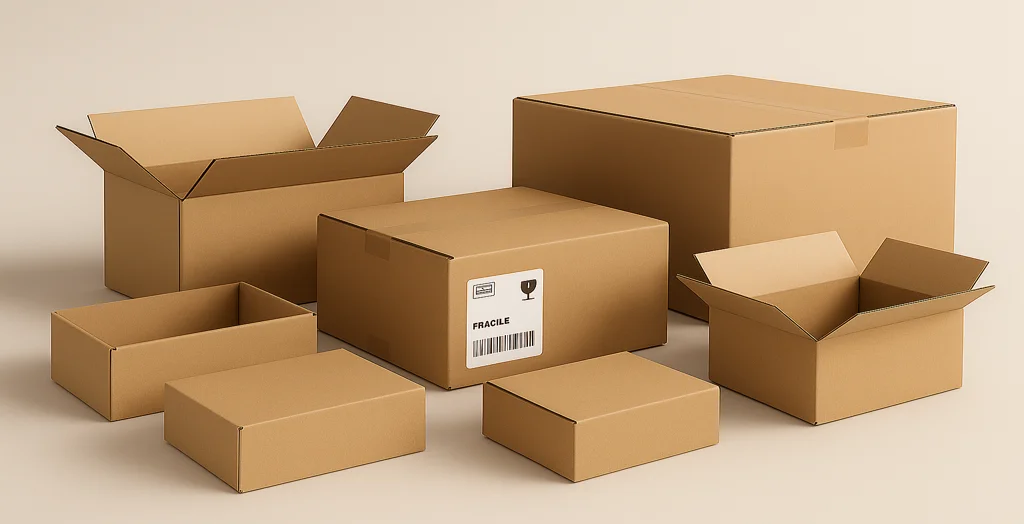 Shipping Box Sizes: Pick the Right One Every Time
Shipping Box Sizes: Pick the Right One Every Time
